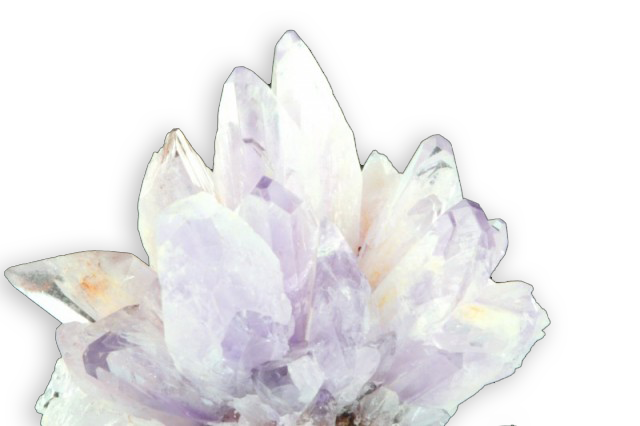
greasy
Je vous emmène à travers mes vidéos découvrir mon expérience acquise depuis plus de 30 ans a silloner le globe entier à la recherche de pierres précieuses, de rencontre mémorables mais aussi de difficulté parfois …
actualités
Categories

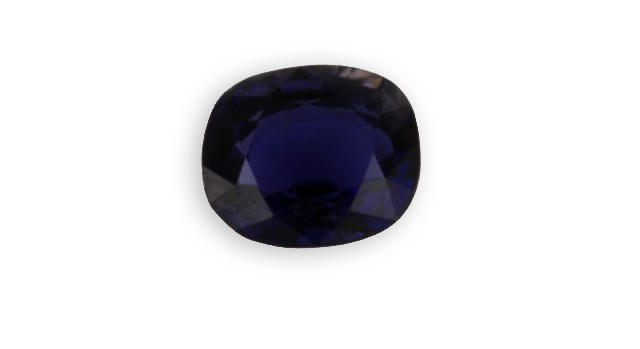
iolite
It was also known as “dichroïte” (because of its strong dichroism) or “iolite” (because of its purple color), the anglo-saxons still call it by that name. It honors the name of the French geologist Cordier, Professor at the National Museum of Natural History in Paris.
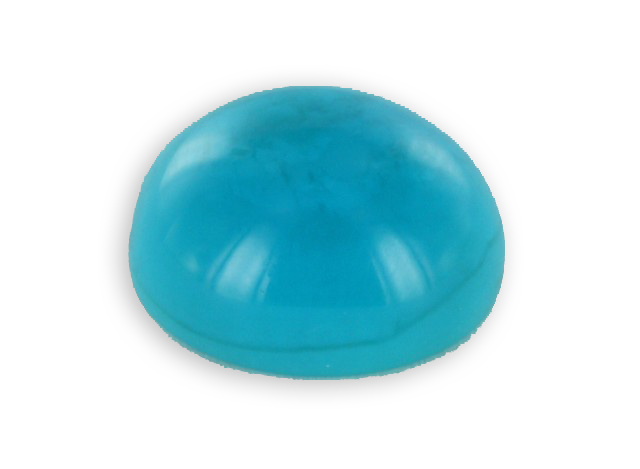
chrysocolla
Its name, of the masculine gender, comes from the Greek “khrusos” : gold, and “kholla”: glue, referring to the fact that this mineral was used powdered to solder gold. It has been called “the little sister of turquoise” because of its alikeness. The rock of
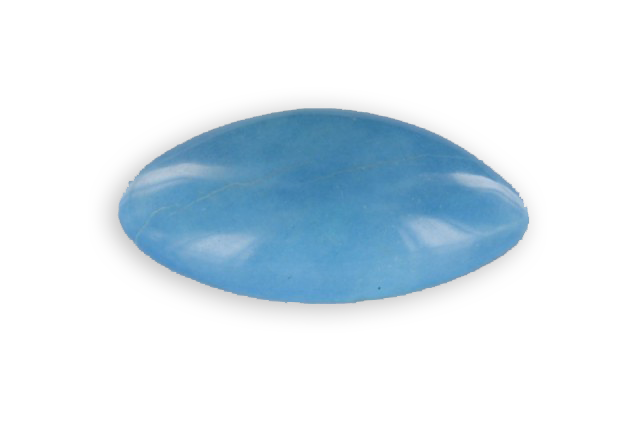
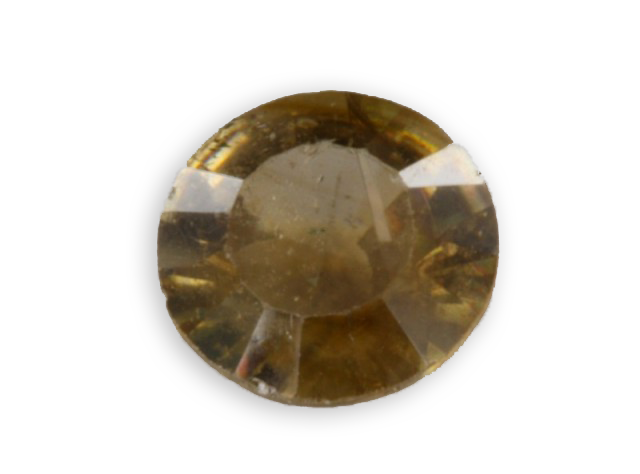
cassiterite
Its name comes from the Greek “kassiterôs”, tin, or the name of the islands “Cassiterides” that produced this tin ore in antiquity, very likely islands very close to present-day Spain that would have given their name to this tin mineral, cassiterite. It is the principal
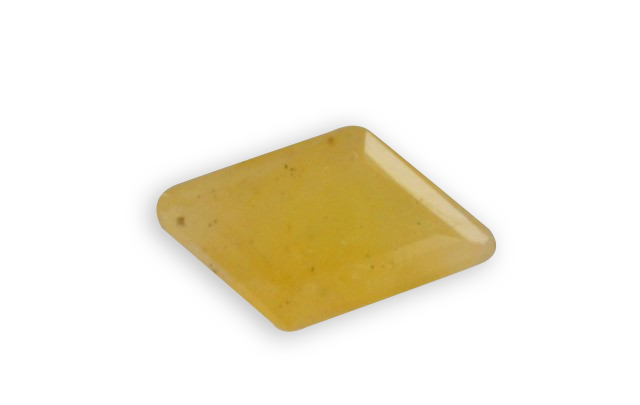
cancrinite
It was identified in 1839 by a German mineralogist and named in honor of the Russian Finance Minister George Kankrin (1774-1845). This stone is particular : it is a silicate but effervesces with acid because it contains carbonates.



